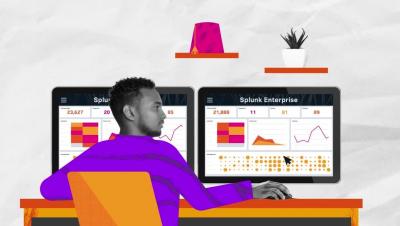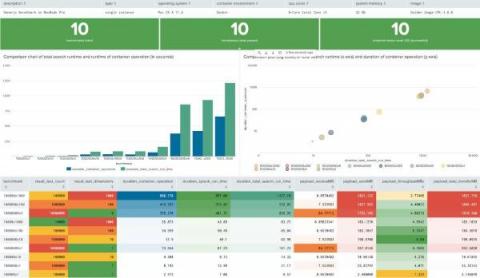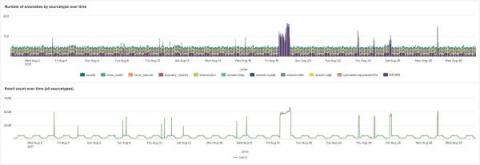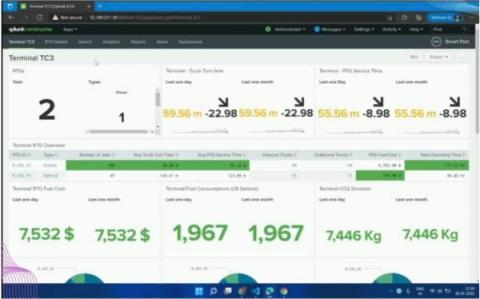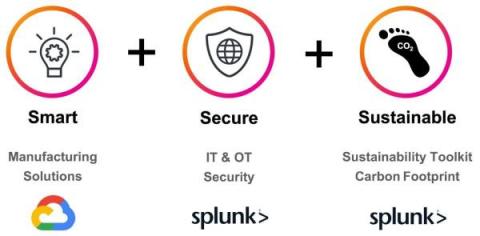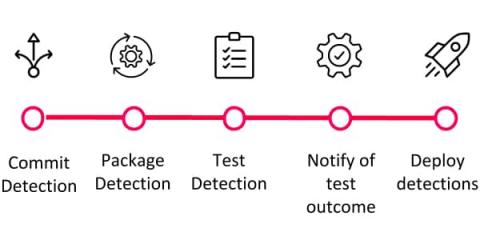Announcing OpenTelemetry Metrics are Now Available as Release Candidates
Splunk is all-in on OpenTelemetry, as exemplified by our native support for it in Observability Cloud, Splunk Enterprise and Enterprise Cloud’s usage of the OpenTelemetry Collector with Splunk Connect for OpenTelemetry Kubernetes, our long-term ambition to use OpenTelemetry as the main way that all Splunk Products capture data from customers’ infrastructure and applications for analysis, and our massive level of contribution to the project.



